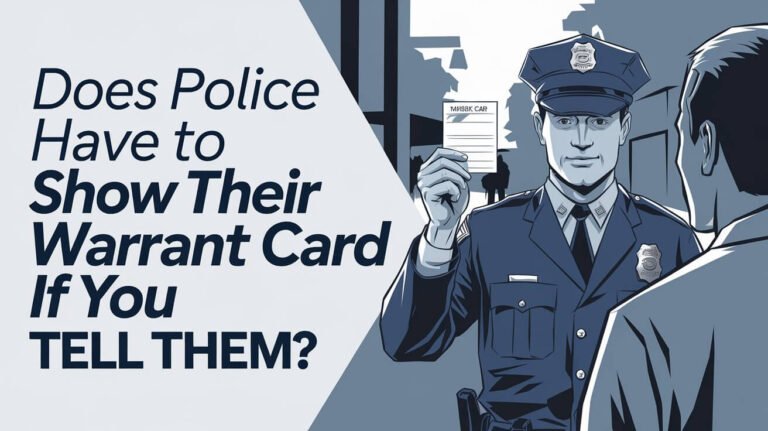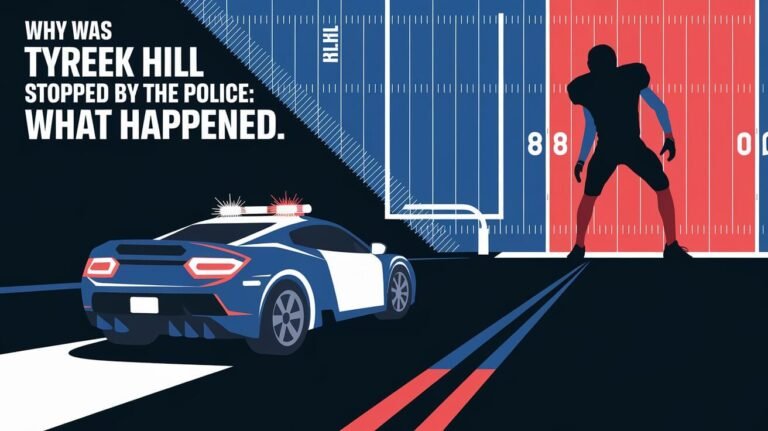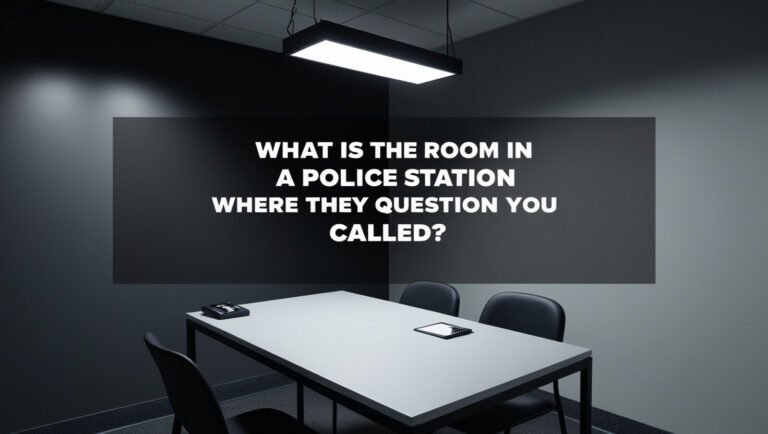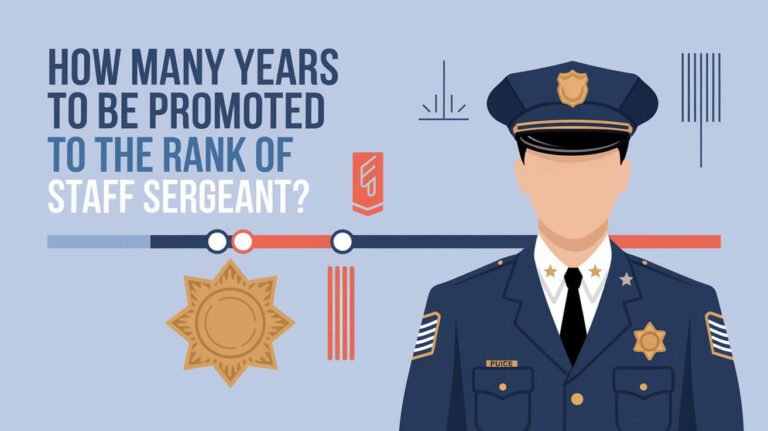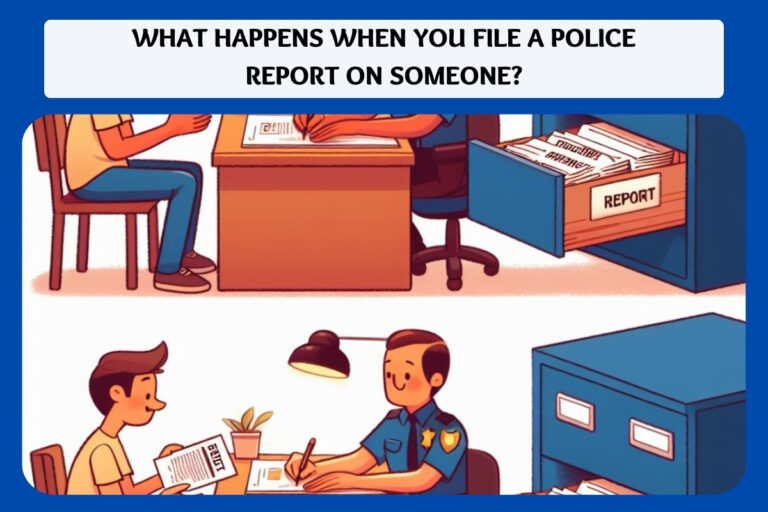How Many Police Officers In Madagascar: 2025 Update
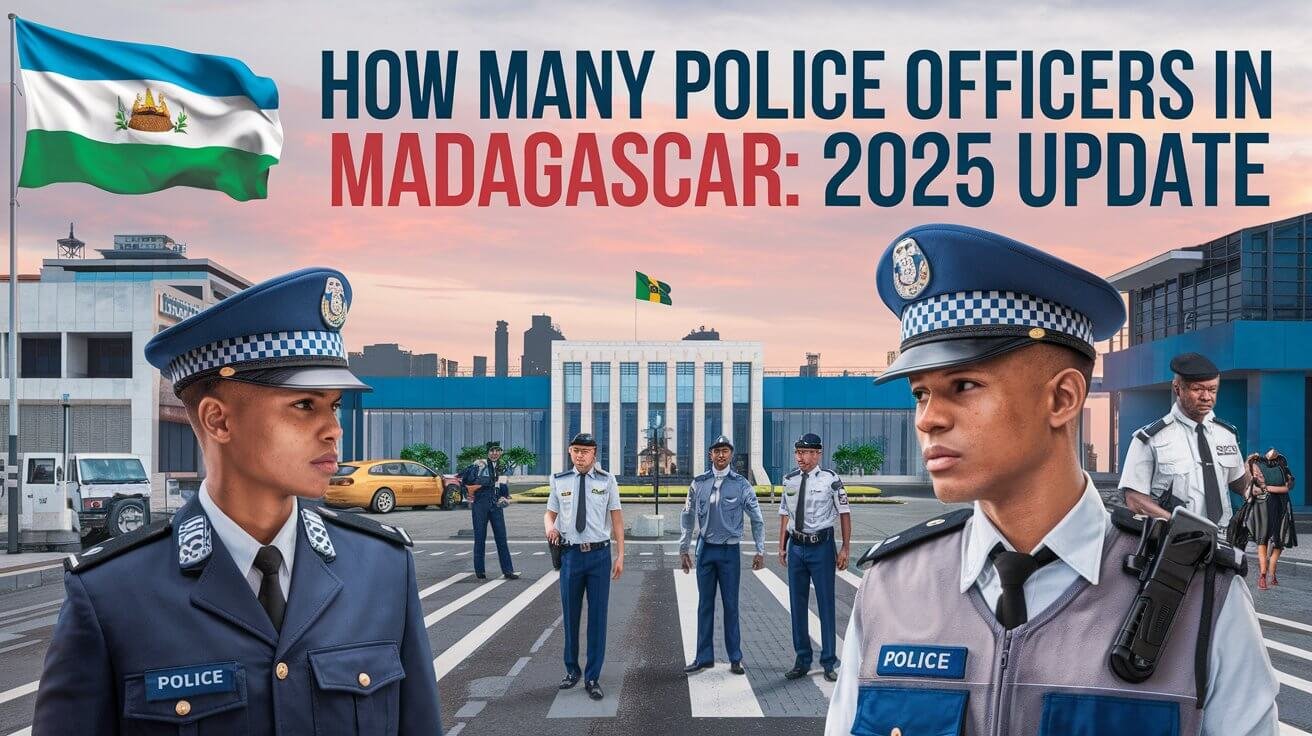
The Madagascar police force is key to keeping the country safe. With over 20 million people, they face big challenges. The Gendarmerie Nationale, the main police, had 8,100 staff in 2006.
The Civil Police, under the Ministry of Interior, has 3,000 members. They focus on policing cities. Special units, like the Presidential Security Regiment, protect the president and other important officials.
Current Police Force Statistics in Madagascar
Madagascar’s police force includes the Gendarmerie Nationale and the Civil Police. The Gendarmerie Nationale has 8,100 staff, and the Civil Police has 3,000 members. With a population of 28.8 million, this small force works hard to keep the peace.
Number of police officers per capita in Madagascar is low. There are 344 officers for every 1 million people. This shows the need for smart use of resources and strategic police deployment to keep everyone safe.
National Police Force Numbers
Madagascar has a total of 11,100 police officers. The Gendarmerie Nationale makes up about 73% of this number. The remaining 27% are in the Civil Police force.
Regional Distribution of Officers
Police officers are not spread evenly across Madagascar. Some areas have more officers than others. This is due to factors like population density and crime rates.
Police-to-Population Ratio
The police-to-population ratio in Madagascar is a key indicator. With 344 officers for every 1 million people, the force faces big challenges. This is true, even more so in rural areas.
| Police Force | Number of Officers | Percentage of Total Force |
|---|---|---|
| Gendarmerie Nationale | 8,100 | 73% |
| Civil Police force | 3,000 | 27% |
| Total | 11,100 | 100% |
Madagascar Police Force Structure and Organization
The police in Madagascar are split into two main groups: the Gendarmerie Nationale and the Civil Police. The Gendarmerie Nationale works under the Ministry of Defense. On the other hand, the Civil Police is managed by the Ministry of Interior. Knowing how the police are organized helps us see if they keep the country safe.
The police setup in Madagascar helps keep the country in order. The Gendarmerie Nationale handles law and order outside cities. The Civil Police, on the other hand, looks after the cities. This way, the police can use their resources better and help the community more effectively.
Some important parts of the police organization in Madagascar are:
- Clear division of responsibilities between the Gendarmerie Nationale and the Civil Police force
- Effective use of resources to maintain law and order
- Focus on community policing and serving the needs of the population
Structure and organization of the police in Madagascar are key to keeping the country safe. By understanding their roles, we can see how well they do their job. This helps make Madagascar a safer place for everyone.
Police Recruitment and Training Programs
Police recruitment and training are key in Madagascar. They make sure the police are ready to keep the country safe. The Gendarmerie Nationale and the Civil Police have their own ways of training officers.
Officers learn about law, procedure, and first aid in basic training. They also get special training for jobs like counter-terrorism or forensic science. There are chances for officers to move up and become leaders.
For example, Inspector Sophie Ranjaharimalala Raharinoely went to the FBI National Academy in Quantico. She learned about leadership, firearms, and more. This training is tough but prepares officers for their duties.
The goal of these programs is to make justice better in police departments. They help improve law enforcement standards and work with other countries. The International Association of Chiefs of Police supports these efforts worldwide.
| Training Program | Duration | Location |
|---|---|---|
| FBI National Academy Program | 10 weeks | Quantico, USA |
| Basic Training | 6 months | Madagascar |
| Specialized Unit Training | 3 months | Madagascar |
Urban vs Rural Police Coverage
Madagascar’s police force has two main parts: the Civil Police and the Gendarmerie Nationale. The Civil Police looks after cities, keeping them safe. The Gendarmerie Nationale covers the countryside and villages.
Urban and rural policing in Madagascar are very different. In cities, police face more crimes, traffic, and a diverse crowd. In the countryside, they have fewer resources, bad roads, and a spread-out population.
Some big issues in rural policing are:
- Limited access to resources and equipment
- Poor infrastructure, such as roads and communication networks
- A more dispersed population, making it harder to provide effective policing
In cities, police deal with other problems, like:
- Higher crime rates, including violent crime and property crime
- Traffic congestion and management
- A more diverse population, requiring a more nuanced approach to policing
Despite these hurdles, Madagascar’s police are getting better at both urban and rural policing. With help from international groups and NGOs, they’re getting new training and strategies. This aims to make their work more effective, no matter where they are.
Madagascar’s Law Enforcement Budget Allocation
The law enforcement budget in Madagascar is key to the country’s safety. It funds the Gendarmerie Nationale and the Civil Police. This money covers salaries, training, and equipment for the police.
How the police get their gear and resources matters a lot. They need modern facilities to do their job well. The budget helps make sure the police have what they need to keep the peace.
Annual Police Force Funding
The money for the police in Madagascar goes to many important things. This includes:
- Salaries and benefits for police officers
- Training and equipment for police officers
- Infrastructure development and maintenance
This funding is vital for the police to do their job right. The budget for law enforcement in Madagascar is essential. It makes sure the police have what they need to keep the country safe.
Police Force Demographics and Diversity
The police in Madagascar are mostly men, with few from minority groups. This lack of diversity makes it hard for the police to connect with the community. It’s important to increase diversity and inclusion in the police force to build trust.
Knowing the demographics of the police is key to understanding their effectiveness. In Madagascar, the police don’t reflect the population’s diversity. For example, the Merina ethnic group is 26% of the population but underrepresented in the police.
To make the police more inclusive, several steps can be taken. These include:
- Training police on diversity and inclusion
- Hiring officers from different backgrounds
- Starting community outreach programs
Focusing on diversity, Madagascar can build a more effective and inclusive police force. This will better serve the diverse needs of its population.
| Category | Percentage |
|---|---|
| Merina ethnic group | 26% |
| Christianity | 84.7% |
| Islam | 7.3% |
Comparison with Other African Nations
Madagascar’s police force is quite small, with about 9,000.50 officers. This means there are 344 officers for every 1 million people. Other African countries have much larger police forces, which changes regional police statistics.
African police forces face unique challenges. Some countries have more resources for law enforcement. This affects their crime-fighting abilities. Looking at police force statistics and resources can help find ways to improve and share knowledge.
Regional Police Force Statistics
Here are some key statistics to consider:
- Madagascar has a resilience score of 8.21, showing its ability to handle and bounce back from crises.
- Criminality rates in Madagascar are 3.37, which is lower than many other nations.
- The African Union (AU) highlights the need for stability and working institutions in Madagascar, impacting regional police statistics.
Looking at these statistics and comparing them to other African nations, we understand the challenges and opportunities. This knowledge helps in making law enforcement better and promoting regional stability.
Challenges Facing Madagascar’s Police Force
Madagascar’s police face many challenges that affect their ability to keep the peace. These include limited resources, corruption, and a lack of training. These issues make it hard for the police to deal with emergencies and solve crimes.
The police often lack the right tools and places to work. Corruption also erodes trust in the police, making it seem like no one is accountable. Without proper training, the police struggle to manage tough situations and serve the community well.
Some of the main hurdles for Madagascar’s police include:
- Limited resources and inadequate equipment
- Corruption and lack of transparency
- Lack of training and capacity building
- Inadequate infrastructure and facilities
It’s vital to tackle these challenges to make the police more effective. This will help keep Madagascar’s citizens safe and secure.
| Challenge | Impact |
|---|---|
| Limited resources | Inadequate equipment and infrastructure |
| Corruption | Undermines trust in the police and creates an environment of impunity |
| Lack of training | Negative impact on the police force’s ability to handle complex situations and provide effective services |
Future Expansion and Development Plans
The government of Madagascar has big plans for the police force. They aim to grow the force through new recruitment and better infrastructure. This will help the police serve the growing cities better, as the population is expected to rise a lot by 2035.
Recruitment Initiatives
They plan to bring in more officers and give them the training they need. Key parts of this plan include:
- Opening more police academies to train new recruits
- Starting mentorship programs to help new officers
- Offering good salaries and benefits to attract the best candidates
Infrastructure Improvements
They also want to improve the police’s facilities. This will make the police force more efficient. Some important projects include:
- Constructing new police stations in cities
- Improving current facilities for better working conditions
- Adding new technology to speed up communication and response times
Last Thoughts
The police in Madagascar face big challenges, like not enough resources and corruption. But, the government wants to make things better. They plan to grow and improve the police force.
By fixing these problems and adding more support, Madagascar’s police can become a model for Africa. This would make the country safer for everyone.
There are important steps being taken, like hiring more officers and improving buildings. These actions could really change the police for the better. With more effort, the police can help make Madagascar a safer place.
Even though there are tough times ahead, the Malagasy people are strong and hopeful. The government is also working hard to change things for the better. Together, they can create a police force that everyone trusts and respects.
Post-Specific FAQs
How many police officers are there in Madagascar?
Madagascar has 8,100 staff in the Gendarmerie Nationale and 3,000 in the Civil Police. This makes up a small force for over 20 million people.
What is the regional distribution of police officers in Madagascar?
Police officers are not evenly spread across Madagascar. Some areas have more officers than others.
What is the police-to-population ratio in Madagascar?
Madagascar has 344 officers for every 1 million people.
How is the Madagascar police force structured and organized?
The Gendarmerie Nationale, under the Ministry of Defense, keeps law and order. The Civil Police, under the Ministry of Interior, polices the cities.
What are the basic training requirements for police officers in Madagascar?
Officers learn about law, procedure, and first aid in basic training. They also get specialized training for certain roles, like counter-terrorism.
How do urban and rural policing differ in Madagascar?
Urban policing needs different skills than rural policing. The Civil Police handles cities, while the Gendarmerie Nationale covers rural areas.
How is the law enforcement budget allocated in Madagascar?
The budget supports police operations, including salaries, training, and equipment. It also funds infrastructure development.
What is the demographic and diversity profile of the police force in Madagascar?
The police are mostly male. There’s limited minority representation, which can make connecting with the community hard.
How does the police force in Madagascar compare to other African nations?
Madagascar’s police force is smaller than many African nations’. It has 344 officers per 1 million people. Resource distribution varies across Africa.
What are the challenges facing the police force in Madagascar?
Madagascar’s police face challenges like limited resources, corruption, and training issues. These affect their ability to keep law and order.
What are the future expansion and development plans for the police force in Madagascar?
Madagascar plans to grow and improve its police force. This includes recruiting more officers and upgrading infrastructure to better serve the country.

